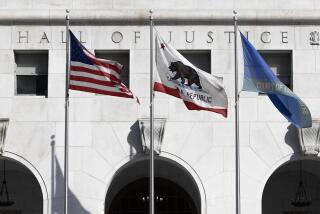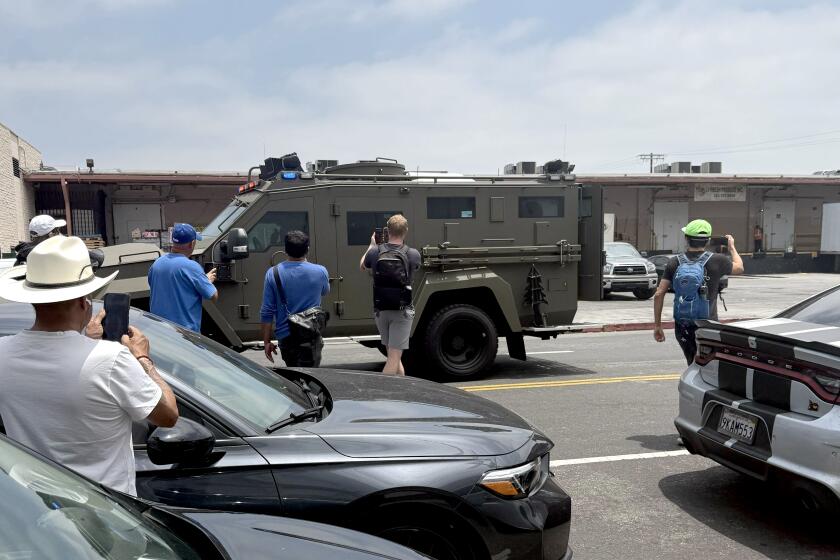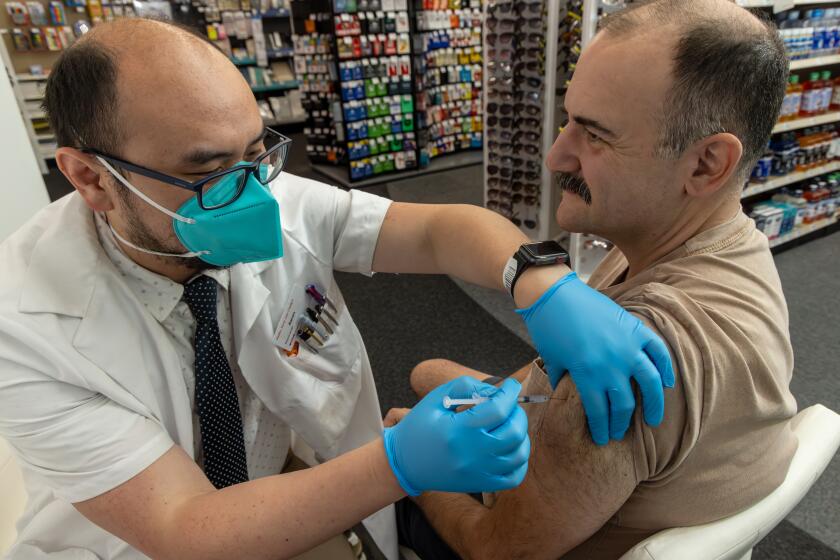The Public, Too, Has a Right
- Share via
When it meets Friday in Chico, the California Judicial Council will take up a draft proposal restricting the use of cameras in and around trial courtrooms. The council should reject this idea, fashioned by a task force in the rancorous aftermath of the O.J. Simpson trial, and look instead to this state’s decade-long experience with televised trials. Problems that would justify radically changing the existing state guidelines have been largely absent in that period.
The existing council rule, adopted in 1984, allows judges to restrict the use of cameras in the interest of justice and to protect the rights of the parties and the dignity of the court. But these guidelines also recognize the right of the public to be informed about trial proceedings.
The task force proposals would unacceptably tip that balance. A majority of the 13-member commission would severely limit judicial discretion and bar cameras from all criminal pretrial proceedings and those portions of trials in which jurors were not present. The panel further urged judges to consider new conditions, including whether both sides in a case wanted cameras, before allowing them.
Three task force members understandably were uneasy about the proposals. In a separate minority report, they asked the council for a more limited camera ban.
We see no need for change. Neither does the California Judges Assn., the governing board of the State Bar or the state Assembly, which last month approved a bill codifying the existing administrative rule.
More to Read
Sign up for Essential California
The most important California stories and recommendations in your inbox every morning.
You may occasionally receive promotional content from the Los Angeles Times.





![Vista, California-Apri 2, 2025-Hours after undergoing dental surgery a 9-year-old girl was found unresponsive in her home, officials are investigating what caused her death. On March 18, Silvanna Moreno was placed under anesthesia for a dental surgery at Dreamtime Dentistry, a dental facility that "strive[s] to be the premier office for sedation dentistry in Vitsa, CA. (Google Maps)](https://ca-times.brightspotcdn.com/dims4/default/07a58b2/2147483647/strip/true/crop/2016x1344+29+0/resize/840x560!/quality/75/?url=https%3A%2F%2Fcalifornia-times-brightspot.s3.amazonaws.com%2F78%2Ffd%2F9bbf9b62489fa209f9c67df2e472%2Fla-me-dreamtime-dentist-01.jpg)







